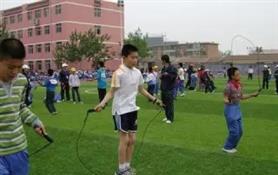关键词:
Locomotion Training
Stroke
Exercise Intervention
摘要:
Research ObjectivesTo determine the demographic, behavioral, and pathophysiological factors associated with the effectiveness of locomotor training and home exercise program in stroke survivors. DesignThis study was a secondary data analysis on the data collected from the Locomotor Experience Applied Post-Stroke (LEAPS) trial. The association rule, a data mining technique, was applied for the analysis. SettingGeneral community. ParticipantsWe analyzed all 408 stroke survivors in the LEAPS trial. InterventionsThe participants were randomly assigned to receive three interventions: (1) Early Locomotor Training (ELT, started 2 months post-stroke); (2) Late Locomotor Training (LLT, started 6 months post-stroke); (3) Home Exercise Program (HEP, started 2 months post stroke). Main Outcome MeasuresImprovement of self-selected comfortable speed. ResultsBased on threshold we set for the Apriori algorithm, participants in the ELT who tended to perform better were white females, aged below 65 years, had private insurance, had a bachelor's degree or some college education, had no cardiovascular symptoms, and did not participate in physical activity on a weekly basis. Participants in the HEP who tended to perform better were white males, aged below 65 years, who had high school education GED, history of prior history of transient ischemic attack (TIA), and physical activity at least 3 times per week. No reliable association rules were identified in the LLT group. ConclusionsThe effectiveness of ELT and HEP may be predicted by patients’ gender, race, age, education level, physical activity level, type of health insurance, cardiovascular symptoms, and/or history of TIA. The results may contribute to clinical decision making when selecting appropriate interventions such as locomotor training for stroke survivors. Author(s) DisclosuresThe authors declare that there is no conflict of interest.
 中文科技期刊
中文科技期刊
详细信息
 欢迎来到三峡大学图书馆!
欢迎来到三峡大学图书馆!


